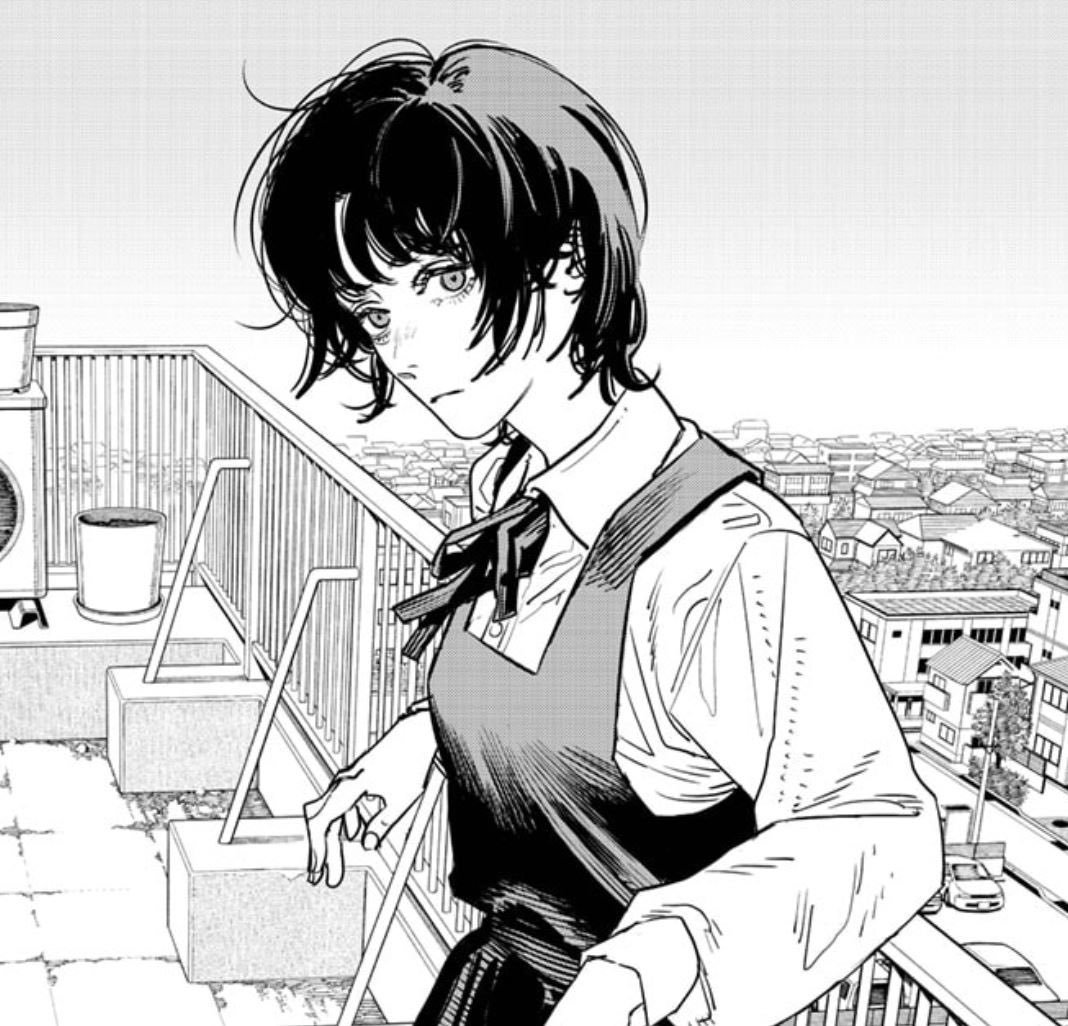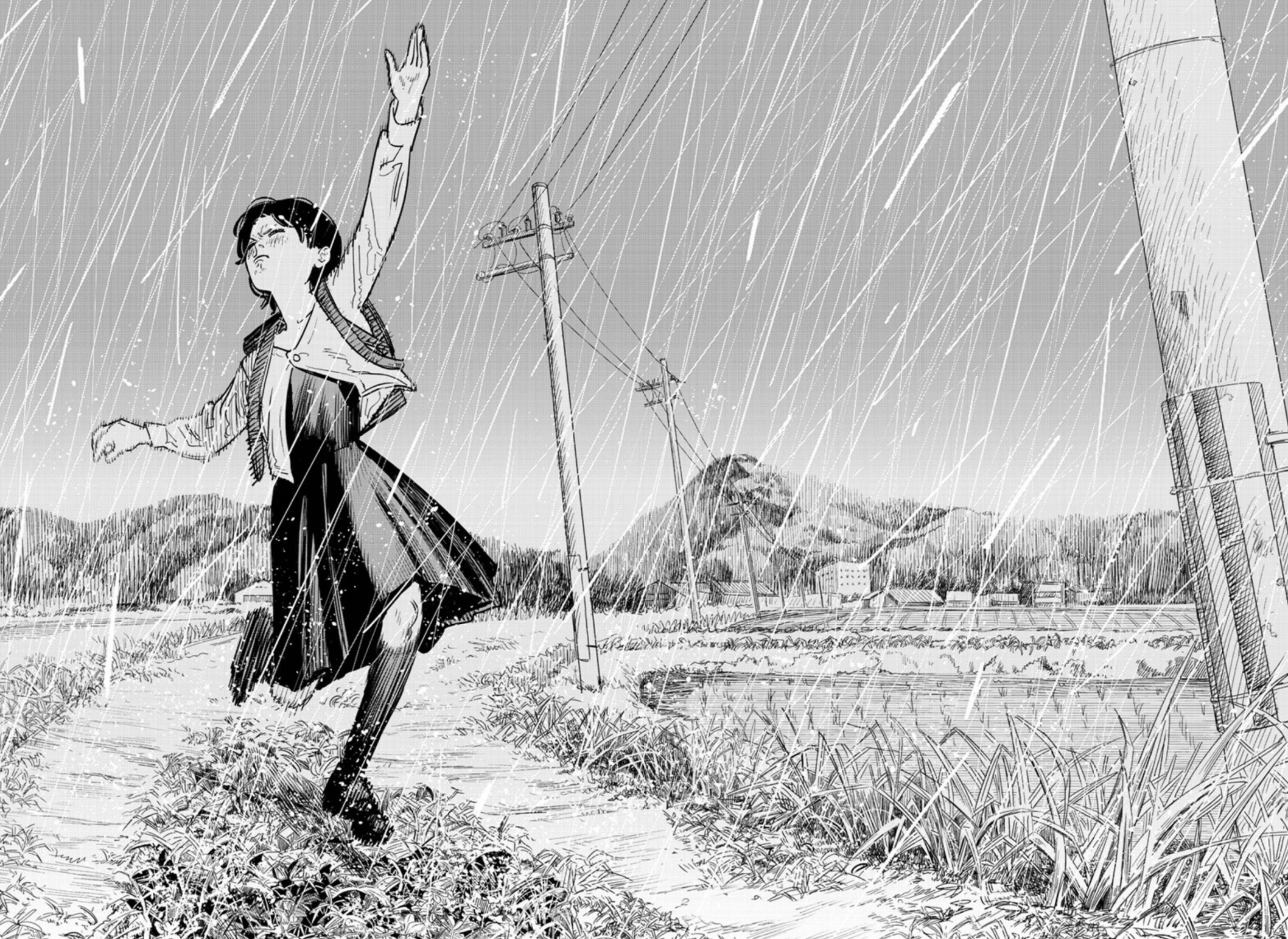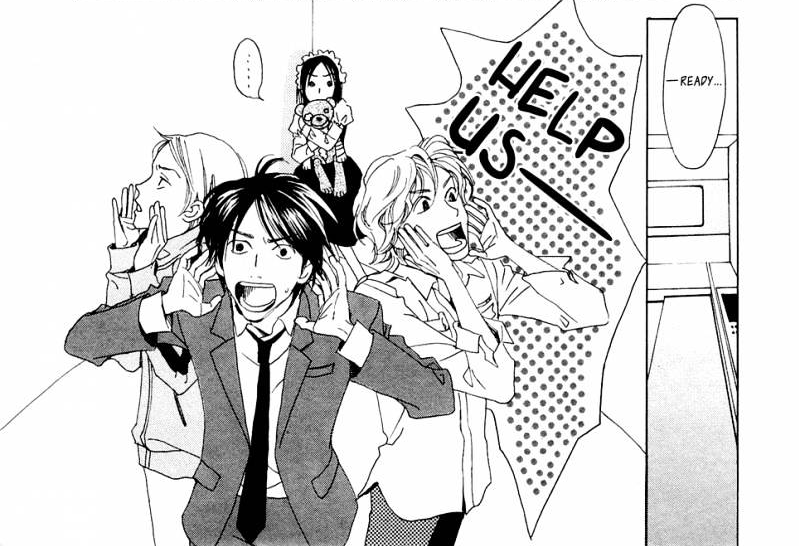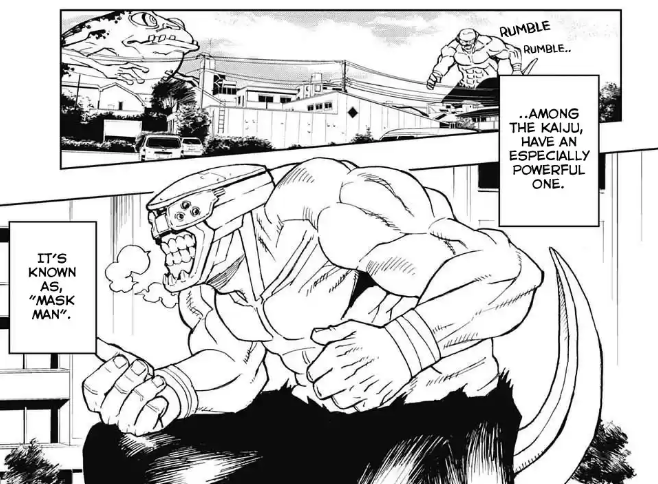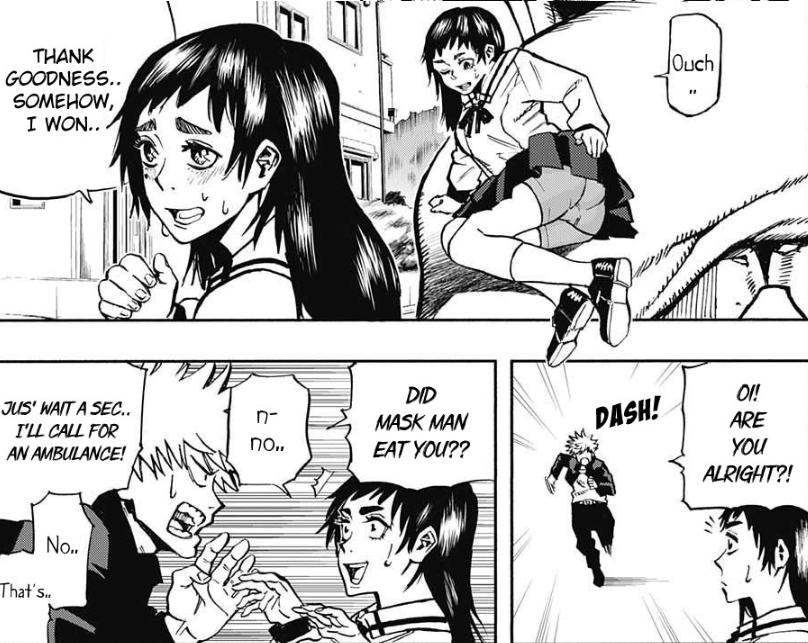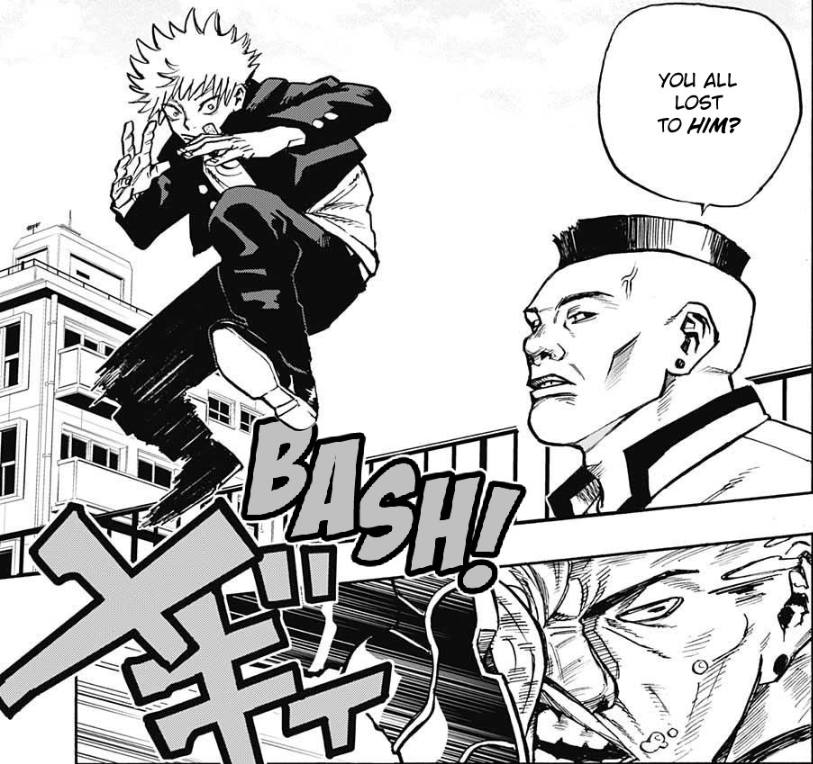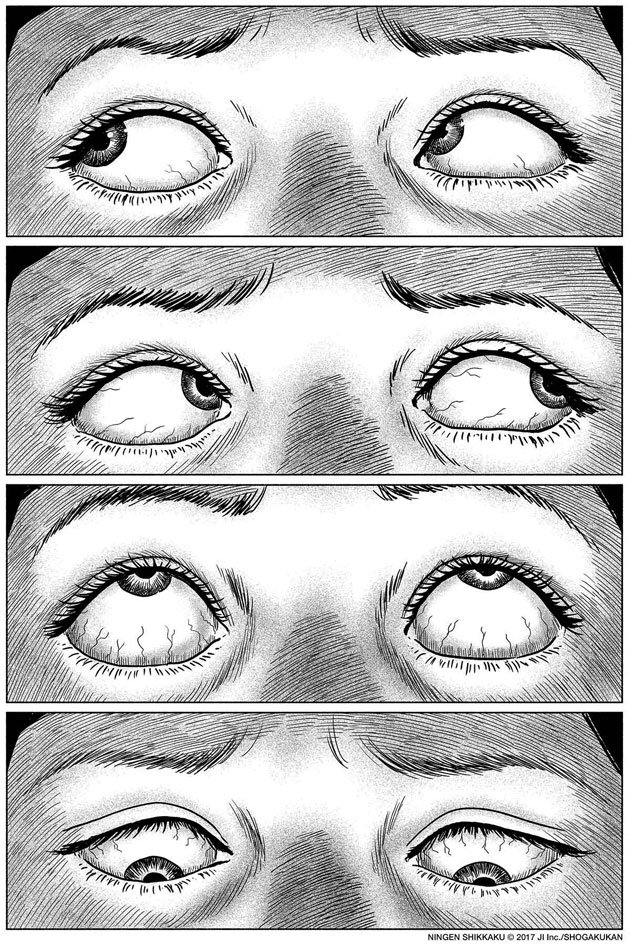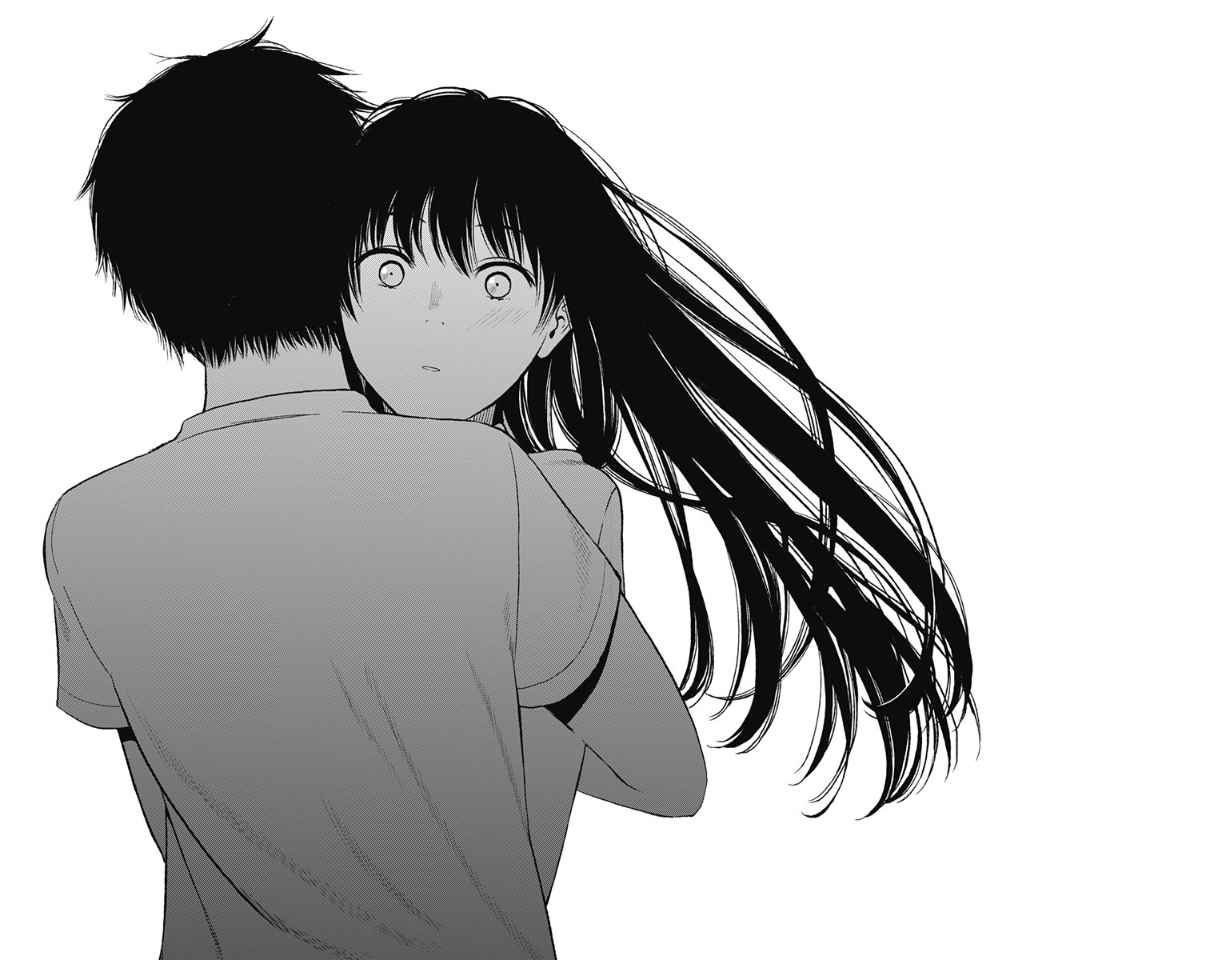The Sabukaru Guide to Manga One-Shots

In an evolving world of fast-paced media consumption, many are accustomed to the brisk-level pacing of videos, shows, and even manga. Additionally, and to the fault of none, there are many people who simply may not have the time to catch up on 200+ chapter manga such as Dragon Ball, Naruto, or the infamously long One Piece.
Relating to a dynamic similar to movies and short films, mangakas have created their own shortened version of manga, called one-shots, or yomikiri [読み切り]. Containing an average of 60 pages total, one-shots are for those who want a short and sweet dose of a mangaka’s creativity. Also acting as a medium for mangaka to express unique ideas that they couldn’t otherwise fit into a longer series, one-shots birth shocking creations of never before seen plots and twists.
One-shots typically appear in contests held by publishers or magazines to test ideas of mangakas who are looking to create more significant projects. An obvious example can be seen with mangaka Gege Akutami and his one-shot “Nikai Bongai Barabarujura”, which possesses a protagonist with a striking resemblance to Yuji Itadori, the main character of his later successful manga “Jujutsu Kaisen”.
Panel from “Nikai Bongai Barabarujura”
These one-shot contests also allow aspiring mangakas to get their foot in the door. Tatsuki Fujimoto, the author of “Chainsaw Man”, entered the “Jump Square” manga competition at the age of 17, and showcased promising talent with his extremely creative and extraordinary ideas through his one-shot “Niwa ni wa Niwa Niwatori ga ita”. Many, if not all, of the thousands of aspiring mangaka attempt this path to stardom, but most never reach fame. Because of this, there are a variety of one-shots from mangaka whose names aren’t particularly popular, but the depth at which these exceptional stories are scattered around seems almost endless.
After diving deep into hundreds of available one-shots online, we at Sabukaru were able to pick out hidden gems of different styles, ranging from comedy to horror and action to slice of life. With the intent of showcasing the profoundness of one-shots to an unknowing reader or to those who need more recommendations, here is a list of wonderful and intriguing one-shots:
3 Days of Happiness [Shoichi Taguchi, 2016]
Struggling financially in Japan, the 19-year-old protagonist Kusonoki desperately sells his belongings in exchange for any sort of financial compensation. He soon arrives at a bookstore to sell the last of his books, but the clerk introduces Kusonoki to the possibility of selling his lifespan through a hidden store instead. The actual monetary value isn’t initially revealed, as it depends on the seller’s impact on the world and the people around him.
Eventually reaching the peculiar store, it’s revealed to him by the monotonous store clerk, Miyagi, that his life is worth an abnormally low amount. Realizing the lack of importance in his future, he decides to sell even more lifespan, leaving him with only 3 months left to live and enjoy his money. After finalizing the deal, Miyagi is tasked to monitor Kusonoki for the last 3 months of his life. The rest of the story shows the tear-jerking progression of both characters as Kusonoki spends his final weeks with the peculiarly melancholy Miyagi - until the final three days.
This one-shot allows the reader to really ponder what exactly makes life valuable. Is it your impact on the world? Is it the pursuit of happiness? Is it the achievements acquired throughout life? Containing heart-wrenching and introspective themes, “3 Days of Happiness” is a must-read for those wanting a contemplative reading experience.
Sasaki-kun ga Judan Tometa [Tatsuki Fujimoto, 2016]
Tatsuki Fujimoto is typically known for the obvious works: “Chainsaw Man” and “Fire Punch”. However, many don’t know of his eccentric early one-shots while he was still finding his style. A pristine example of this is “Sasaki-kun ga Judan Tometa”.
Being extremely infatuated with his teacher Kawaguchi, Sasaki believes her to be God. However, during their class session, a mentally unstable gunman enters and threatens to kill Kawaguchi for breaking his heart in high school. In an attempt to stand up for what he believes in, or perhaps in an act of delusion, Sasaki confronts the gunman to protect his beloved teacher. What follows is an extremely brief and surprising series of events that can only be described as a miracle - or was it belief?
Created by Tatsuki Fujimoto, it comes as no surprise that the plot of this story is almost comical in how extreme and creative it is. In a one-shot that takes no more than ten minutes to read, Fujimoto leaves the reader with one message: believe in yourself.
A Girl on the Shore [Inio Asano, 2009]
“A Girl on the Shore” acts as a peek into the life of confused middle schoolers who are just starting to figure things out. With the main characters Koume and Isobe, the story starts off with Koume being dumped by her boyfriend, who then turns to Isobe as a lustful rebound. Entering a casual-sex relationship, the story devolves into these two emotionally broken children dealing with their own personal issues and figuring out who exactly they are.
Written and drawn by the mastermind Inio Asano, “A Girl on the Shore” pushes the taboo boundaries of Japanese culture. Asano really immerses the reader in the lifestyle of a bored and lust-filled junior high school student, as the whole story itself is without much direction, melancholic, and fast-paced.
Inio Asano does not shy away from the awkward reality of transitioning from one stage of life into the other. In a potentially uncomfortable reading experience, “A Girl on the Shore” is for those wanting to read an exceptionally raw depiction of the mental health issues commonly experienced by our youth.
Goodbye, Eri [Tatsuki Fujimoto, 2022]
Abruptly taking place during our main character’s birthday, Yuta is gifted a smartphone by his parents. Twisting a typically happy scenario, he is actually tasked with recording his mother’s final months on Earth, as she possesses a terminal illness. After a long few months, Yuta compiles and edits a short film to show his high school. Shockingly adding a ‘pinch of fantasy’ to his mother’s remembrance film, he is shunned by classmates and described as cruel by all - except for an unsuspecting classmate, Eri. What follows is one of Tatsuki Fujimoto’s most impressive storylines and an ending in which you can almost feel Fujimoto grinning at you through the page.
Coupled with “Look Back”, “Goodbye, Eri” is one of the most praised one-shots to date. Written and drawn by none other than Tatsuki Fujimoto, “Goodbye, Eri” is an instant classic. This story is the product of Fujimoto’s love for cinema and pop culture, with dozens of references scattered around for readers to investigate. In addition to his signature twists and turns in the plot, it’s nearly impossible to not immediately fall in love with the first read. “Goodbye, Eri” is a superb addition to his already impressive arsenal of manga titles, and shows his creativity that will keep readers engaged and wanting more.
Layers of Fear [Junji Ito, 2017]
When a team of archeologists discovers a unique pattern in the soil during excavation, they can’t help but notice its unnatural nature. After digging further, they realize the pattern is the echoing outline of a child’s skull buried deep in the ground. When the leading archeologist Mr. Soya later takes it home, something haunted would infect his family, namely his daughter Reimi. In familiar Junji Ito-fashion, the ensuing pages picture terrifying panels seemingly straight out of our nightmares.
In only 40 pages, Ito implements so much suspense and fear into his panels using completely original and refreshing horror concepts. Being released on Junji Ito’s 30th anniversary of his manga career, “Layers of Fear” acts as a perfect introduction to his writing and art style. Known for numerous titles, such as “Uzumaki” and “Tomie”, and winning multiple awards for them, Junji Ito is not to be glossed over as he is a leader in the horror genre of manga.
Years [Nisei, 2016]
Abandoned by his mother, Ayumu was forced to live with his loving grandmother in a small part of Hokkaido. On the 16th anniversary of his grandfather’s death, Ayumu’s grandmother gives him an old camera that was once avidly used by the grandfather. Acting as a turning point in Ayumu’s life, he builds the courage to explore the world and capture memories abroad with his camera. However, an exploration of the world wasn’t all that occurred - an invaluable exploration of himself also transpired.
In a quick and warm story, the reader is shown the true nature and value of photography. Cameras are able to capture cherished memories and can even act as reminders of happiness, warmth, and love in one’s past life. In regards to broken individuals, like Ayumu, this simple machine is able to break down boundaries set by the mind and push the user into a new life, a life of fulfillment, and of course - unlost memories.
Look Back [Tatsuki Fujimoto, 2021]
It is another one-shot created by non-other than Tatsuki Fujimoto. The release of “Look Back” was groundbreaking in a way that showed the world a whole different side of Fujimoto. In a longer 143-page one-shot, Fujimoto creates a world that emotionally shows his internal struggle of being an artist and a human through only two characters, Fujino and Kyomoto.
Starting in elementary school, Fujino became a star due to manga strips published in the school’s newspaper. A few days later, an unknown truant classmate, Kyomoto, gets her chance to shine in the school’s paper and completely floors her classmates. Showing extreme artistic ability, especially for a 4th grader, Fujino can’t help but feel anger and jealousy for her overtaken spotlight. Eventually arriving at graduation, Fujino is asked to deliver Kyomoto’s graduation certificate at her house. The two eventually meet, and a bond between the two polar opposite people is created, with the single similarity of a love for drawing manga. The following pages beautifully portray the growth of these two characters individually and artistically, with a Fujimoto-touch of tragedy.
Tatsuki Fujimoto is known for extremely dramatic and intriguing works that demonstrate his boundaryless creativity. What is less known, is the emotional messages that are littered throughout all of it. “Look Back” acted as a reminder for the audience that he is capable of more than dark humor and detailed fight scenes. Even woven within the pages of his other work, there are deeper meanings to be found that speak volumes about the mangaka himself, and “Look Back” is the ultimate example of this.
If all you know Fujimoto for is “Chainsaw Man” and “Firepunch”, we highly recommend you check out “Look Back”.
Akumu no Elevator [Aya Roppongi and Hanta Kinoshita, 2009]
What happens when an adulterer, a thief, a kidnapper, and a gothic lolita all enter an elevator? Well, “Akuma no Elevator” will show you that it's quite the scene to behold.
With a quick and seemingly simple story, the one-shot takes turn after turn with the sole setting of an elevator. Interestingly enough, this brisk story was later adapted into a movie, show, and play all bearing the same name. “Akumu no Elevator” is a quick dark comedy with surprising elements that question whether the characters are all as they seem.
DC3 [Kairu Shirai and Posuka Demizu, 2021]
Jumping forth into the future, Saho Kisaki is the most wanted individual in the world. Saho is also a 14-year-old girl, with the means to protect herself against massive mobs wanting her blood. Her father, Genichiro Kisaki, is a robotics scientist who created a company that creates fully-functional multipurpose androids. When he attributes his success to his daughter Saho, workers seek revenge on her for the intelligent robots taking their jobs. With an apologetic and possessive father, he is determined to help protect his daughter with what he knows best - a hyper-protective android.
“DC3” is written by Kaiu Shirai and illustrated by Posuka Demizu, the team behind “The Promised Neverland”. It is easy to tell who authored “DC3” as the art style is so unique to Demizu. The plot isn’t something to analyze, however, there are parallels between their main series and this one-shot. Similar to “The Promised Neverland”, the two main protagonists are extremely young and are already plunged into a world of hurt, darkness, and of constant battle. Released after the completion of “The Promised Neverland”, this one-shot shows this distinct team is not done with their work and is actively pursuing new and refreshing ideas.
Solanin [Inio Asano, 2005]
If you read "Goodnight Punpun", you should know that Inio Asano isn't afraid to confront distressing existential themes. Common amongst most of his manga, Asano tends to picture the harsh reality of youth searching for their purpose in the world.
“Solanin” continues this trend of genre and beautifully encapsulates what it’s like to be lost in your 20s. Meiko and her boyfriend, Taneda, are recent university graduates who immediately struck up office jobs. Unsurprisingly, this results in depression and introspective thoughts on what would make their miserable lives something worthwhile. The story follows a unique, but relatable, search for a true sense of happiness and includes all of the confusion and frustration that follows.
“Solanin” is a truly personal story that holds close to Asano’s heart. In this one-shot, he is able to convey his own sense of the word “happiness” and why it is so crucial to keep moving forward for it. He shows that with fleeting moments of joy, it is essential to be in the moment and challenge life’s problems to produce a positive momentum towards a happier future.
In the realm of one-shots, “Solanin” is a longer read, but it completely grasps Asano’s nature as a mangaka and will leave the reader deep in thought about themselves and their own lives as well.
Nikai Bongai Barabarujura [Gege Akutami, 2016]
Twenty years ago, a promise between God and man was made stating no weapons were allowed on Earth. Five years later, colossal monsters named Kaiju soon invaded the coast of Japan unto unarmed humanity.
In the present day, there exists a high school student, Noroma, who loves to fight. He cheers on while the Kaiju fight each other and wreak havoc across Japan, namely Tokyo. However, being an avid fighter himself, he typically critiques the fighting style of the Kaiju and believes he could do better himself.
When the strongest Kaiju, famously known as Mask Man, falls onto his grandma’s shop after a long brawl, Noroma runs out in his typical confrontational spirit. To his astonishment, his classmate Hayami slides down the tongue of the collapsed Kaiju and confesses life-changing information to the battle-hungry Noroma.
Written and drawn by Akutami Gege in 2016, “Nikai Bongai Barabarujura” is an experimental one-shot in which similar ideas are to be published in his later popular manga “Jujutsu Kaisen”. With the main character holding a resemblance to Yuji Itadori from “Jujutsu Kaisen”, and the Kaiju possessing related features to the later manga’s cursed spirits, it is no doubt Akutami was playing with these concepts for many years before publishing.
“Nikai Bongai Barabarujura” is a super fun, short-and-sweet one-shot that gives the reader background into Akutami’s creative ideas before finally piecing it all together for “Jujutsu Kaisen”.
About the Author:
Henry Garland writes from Arizona as an undergraduate student. He has interest in arts, fashion, languages, and Asian cultures.










